I heard about CERN in my 6th grade, when I first learned about antimatter and where it is produced. It was one of the earliest signs of my growing passion for physics. Now, as a 10th grade highschooler, I know what I want to do in the future and it must be something to do with physics!
I came to know about the CERN High-school Student Internship Program (https://indico.cern.ch/event/856138/) in the late summer of 2021 through my teachers - the first such program organized specially for Romanian students. Never previously had I thought that I would get the chance to go to this great organization – CERN (after all, it is a place where one produces antimatter!), but regardless, I participated in the selection and weeks later the unbelievably good news came : I was one of 23 students selected to spend nearly 2 weeks of the following November at CERN! A dream came true!
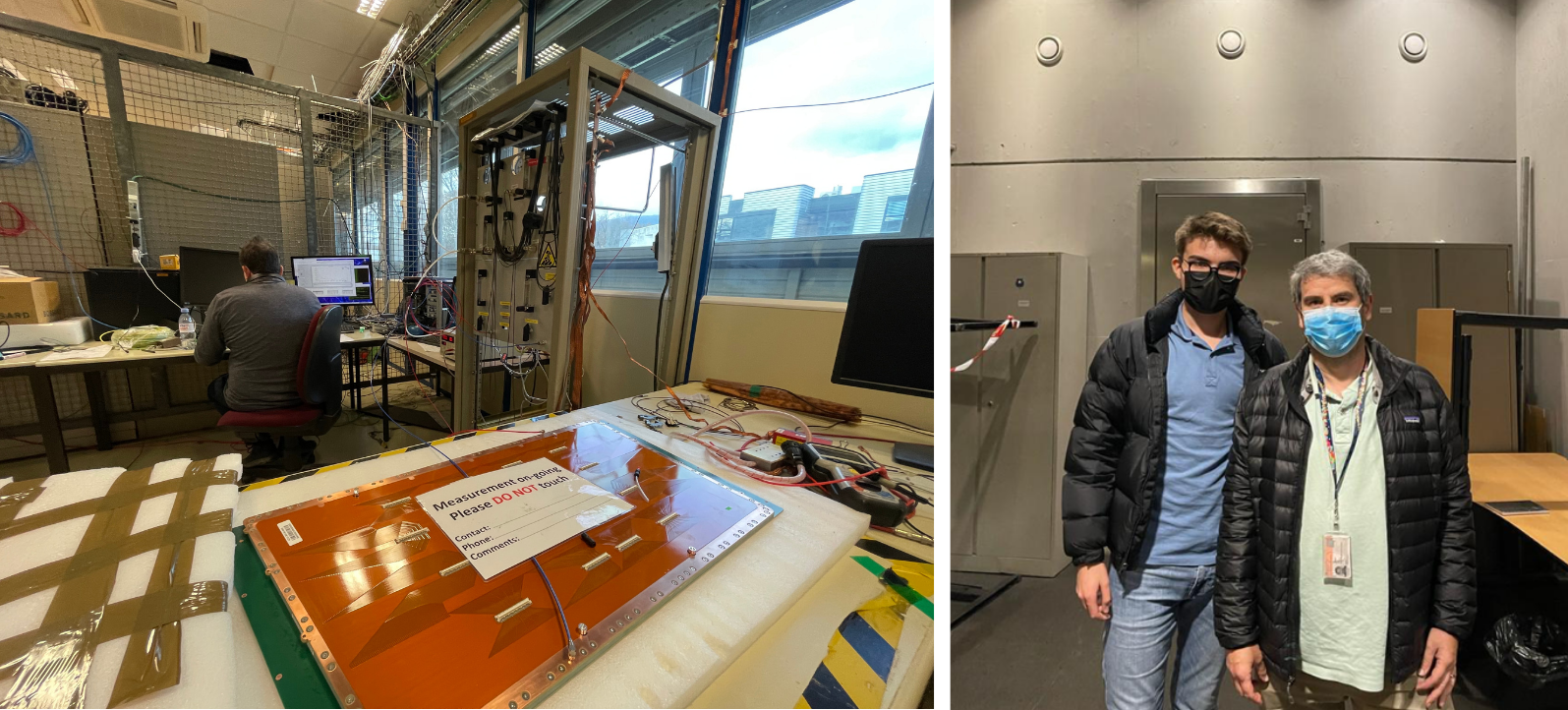
Right: Me and Dave Barney (CERN physicist from UK) at the end of the ending session of the Romanian HSSIP
2021
For my internship, I was assigned a project led by Dr. David Barney regarding the CMS Experiment Systems Group (EP-CMX at CERN). It was a bit different from the projects of my colleagues, who spent most of the two weeks with a couple of people working on a single project or analysis. Luckily, in EP-CMX, I spent my time with a variety of different physicists, engineers and technicians. Some of them were involved in the Electromagnetic Calorimeter (ECAL), in the Preshower detector and in the High Granularity Calorimeter (HGCAL). While others were working on the Inner Tracker upgrade, EU projects, and the Gas Electron Multiplier (GEM) muon chambers. During my time with them, I worked with cutting-edge technology, and understood the complexity of the experiment here at CMS. A lot of activities, with so many enthusiastic people working on them. It was amazing to see that even people who have been working on CMS for more than 25 years were still really interested in their work – which really inspired me that a career in physics is an exciting possibility!
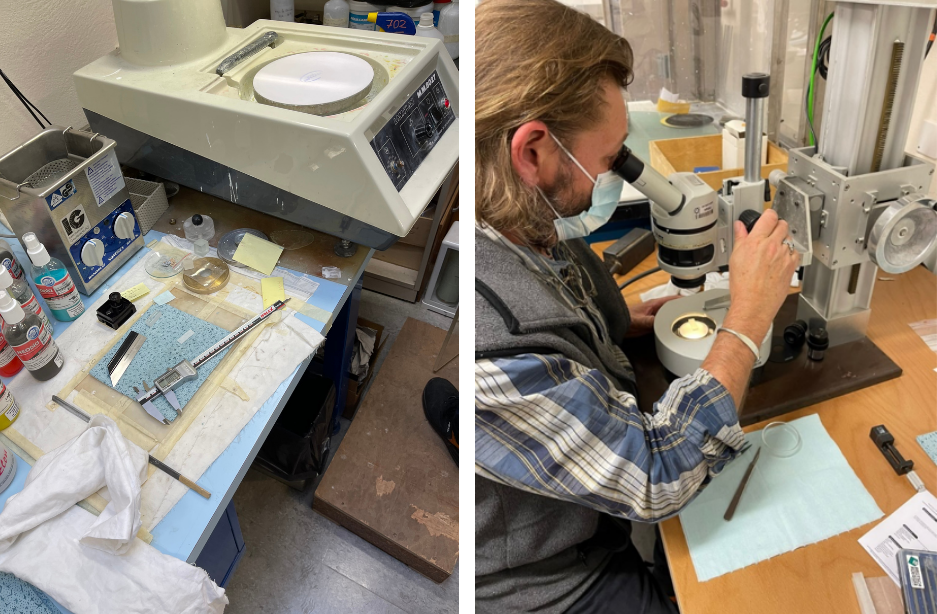
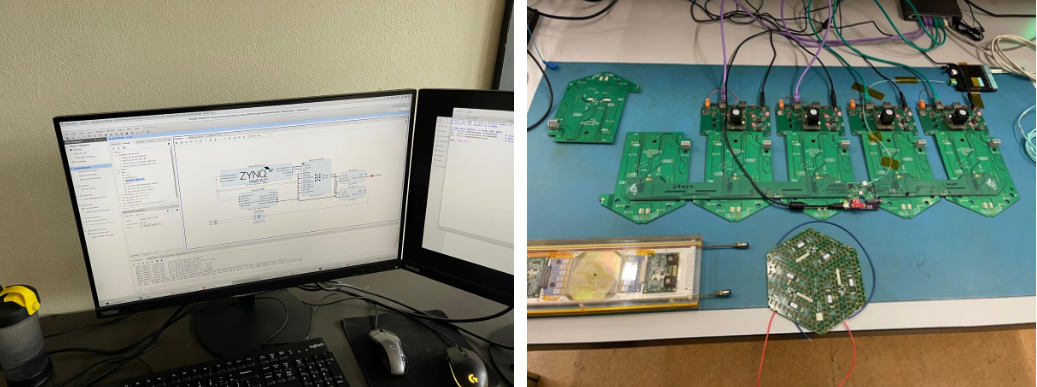
The people I have worked with were great and I must say that it was an amazing international environment. I have learnt many things from them, not only related to CMS functionality but also to particle-physics as a whole. Besides the scientific part, I’m really grateful to have interacted with so many people and cultures. Thus, I really felt and understood what CERN is all about!
In drawing things to a close, I must say that in these 2 weeks I have worked on many important things and that this experience will influence me for years to come.
With gratefulness,
Radu Ionut Bolborea
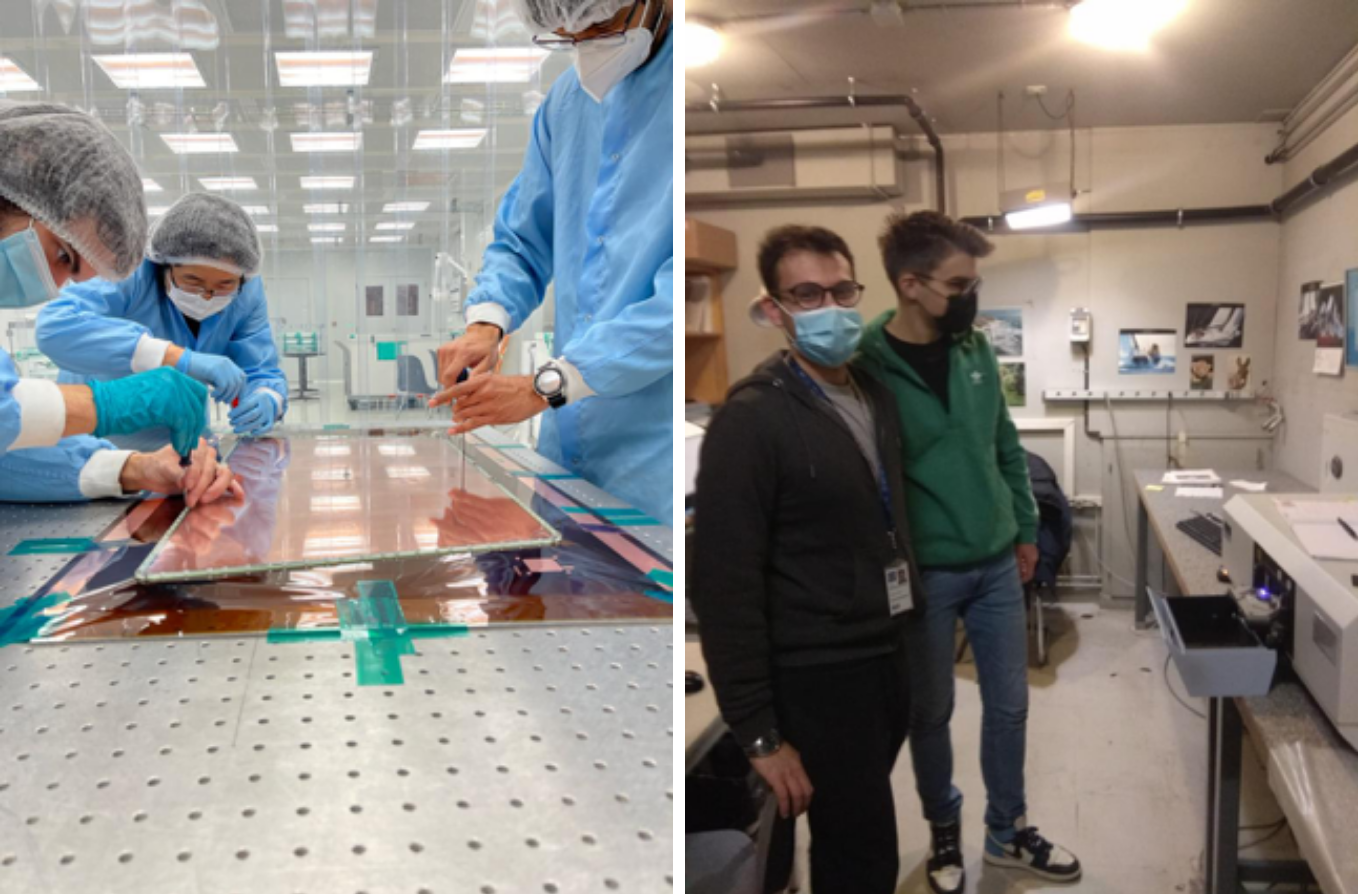
left to right: Jeremie Merlin (French physicist from University of Seoul), Mi Ran Kim (South Korean physicist from Seoul National University), Luis Felipe Ramirez Garcia (Colombian physicist from Antioquia University)
Right: Working with a Matteo (Italian PhD student) on novel crystals as part of the CERN involvement in European projects
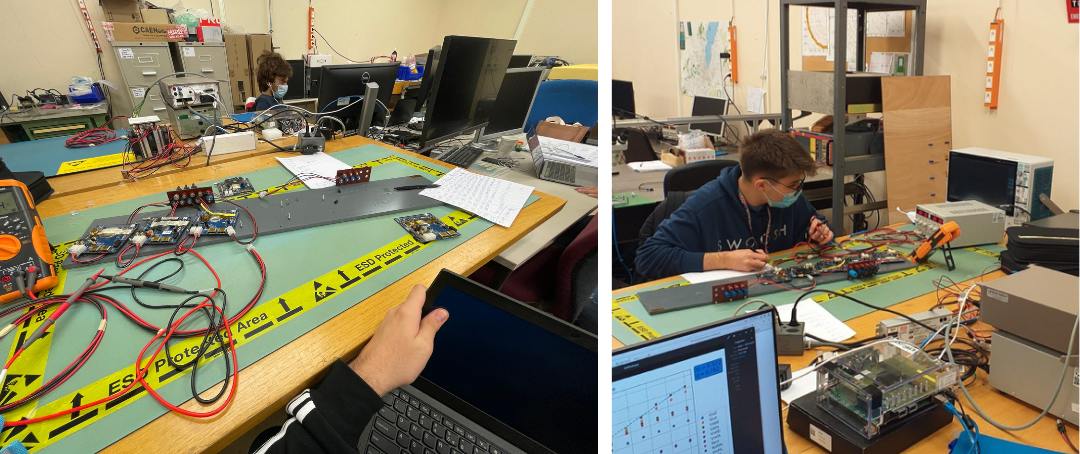
tracker, testing the serial-powering system
